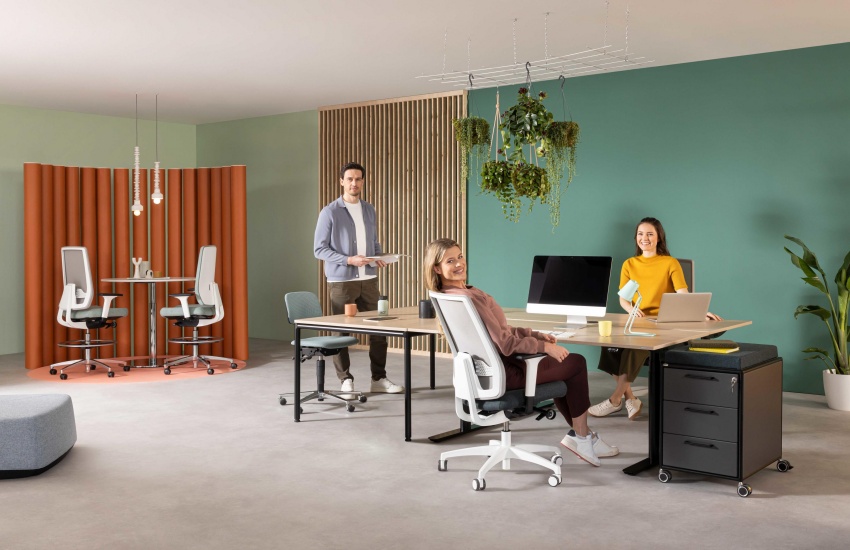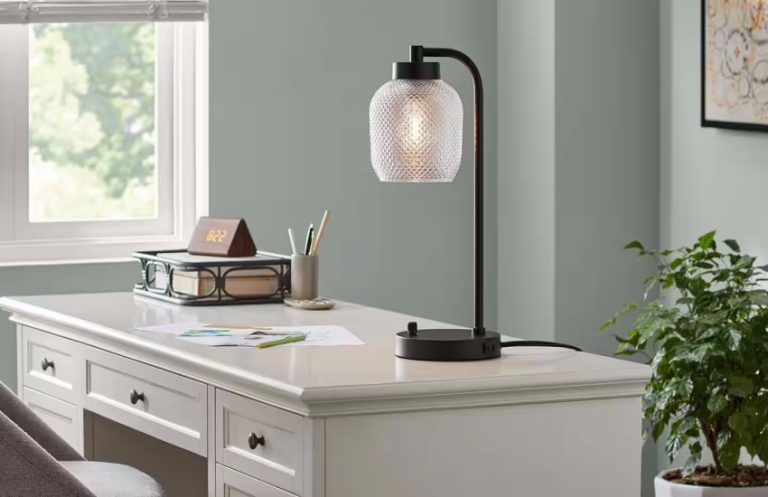
One of the primary benefits of ergonomic chairs is their ability to support the natural curvature of the spine. Many models feature adjustable lumbar support that conforms to the lower back, helping to maintain proper posture. This adjustment is crucial for preventing back pain and discomfort, particularly for those who spend long hours working at a desk. A properly aligned spine can reduce fatigue and allow for longer periods of focused work without the distraction of physical discomfort.
The adjustability of ergonomic chairs is another significant advantage. Most chairs offer multiple customizable features, including seat height, armrest height, and backrest angle. This flexibility allows users to find their ideal sitting position, accommodating various body types and personal preferences. The ability to tailor the chair to individual needs can lead to a more comfortable and productive work environment, as users can easily switch positions throughout the day to alleviate strain.
Material selection is also an important aspect of ergonomic chair design. Many chairs are made from breathable fabrics that promote airflow, reducing heat buildup during prolonged use. High-density foam cushioning is often used to provide comfort while maintaining support. Investing in a chair with quality materials can enhance the overall sitting experience, ensuring that users remain comfortable and focused during their tasks.

A comfortable seating arrangement encourages longer periods of concentration and creativity. When users are not distracted by discomfort, they can immerse themselves in their work, leading to better results and higher efficiency. Ergonomic chairs can also contribute to a healthier work-life balance by promoting better posture and reducing the risk of musculoskeletal disorders.
When selecting an ergonomic chair, it is essential to consider the specific features that best suit individual needs. Some may prefer chairs with additional support for the neck and head, while others may prioritize adjustable armrests. Testing different models can help identify the best fit for comfort and functionality. Many retailers offer trial periods, allowing users to experience the chair in their own environment before making a final decision.
Maintaining an ergonomic chair is relatively straightforward. Regular cleaning and periodic adjustments can ensure that the chair remains in optimal condition. Checking for wear and tear, especially in adjustable mechanisms, can prolong the chair’s lifespan and performance. Proper maintenance not only enhances comfort but also ensures that the chair continues to provide the support needed for healthy sitting.
Ergonomic chairs are more than just a trend; they are a vital investment in personal health and productivity. With their focus on comfort, adjustability, and support, these chairs can transform any workspace into a more efficient and enjoyable environment. By prioritizing ergonomic design, individuals can create a home office that fosters creativity and well-being, ultimately leading to a more fulfilling work experience.






